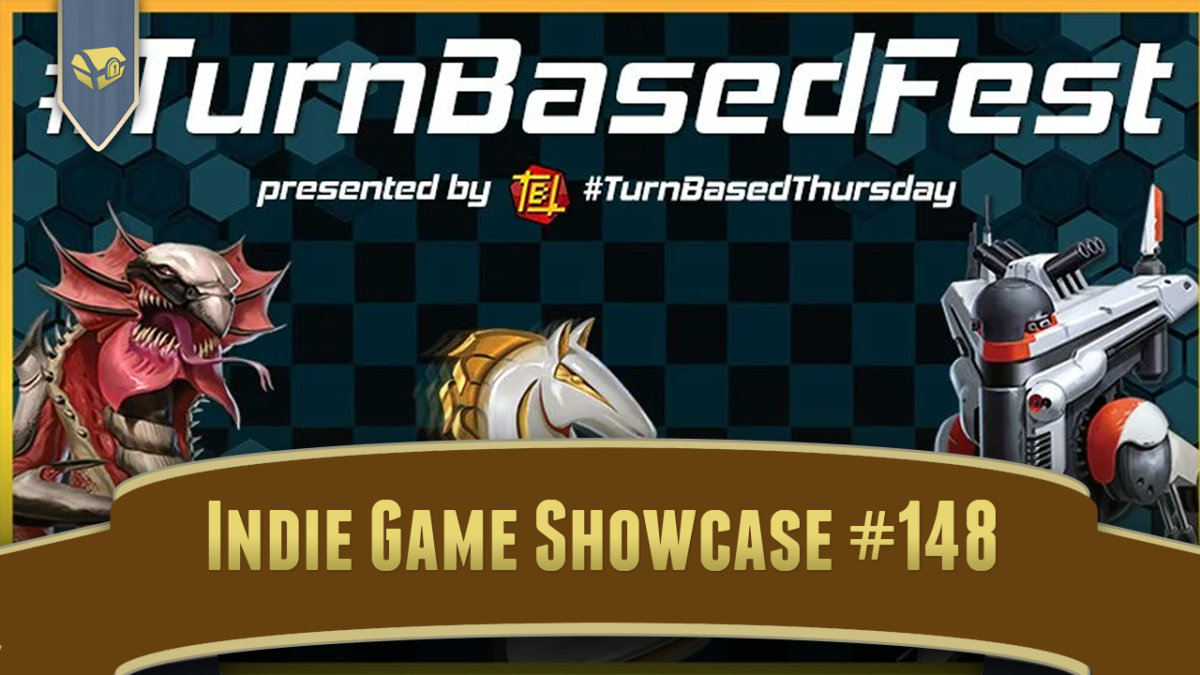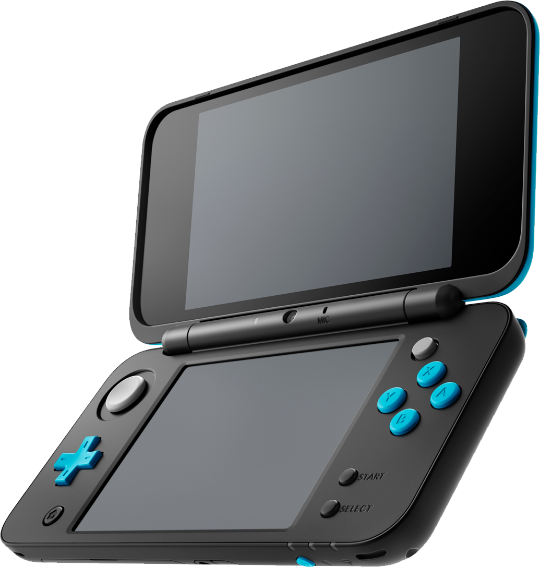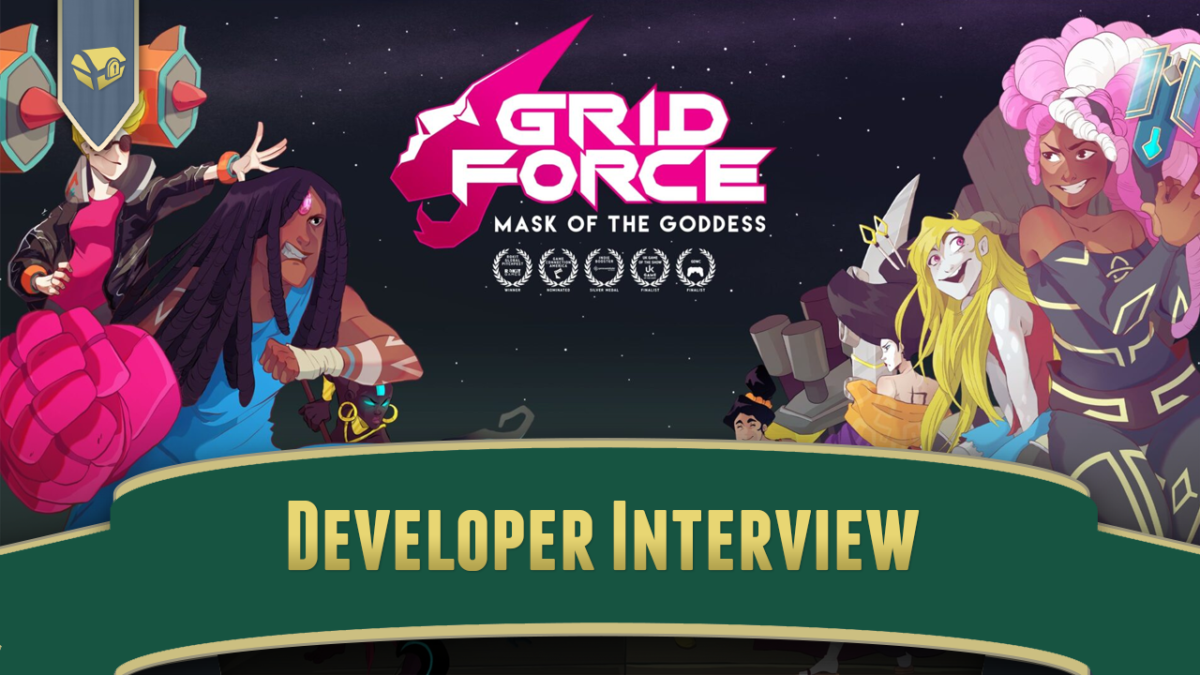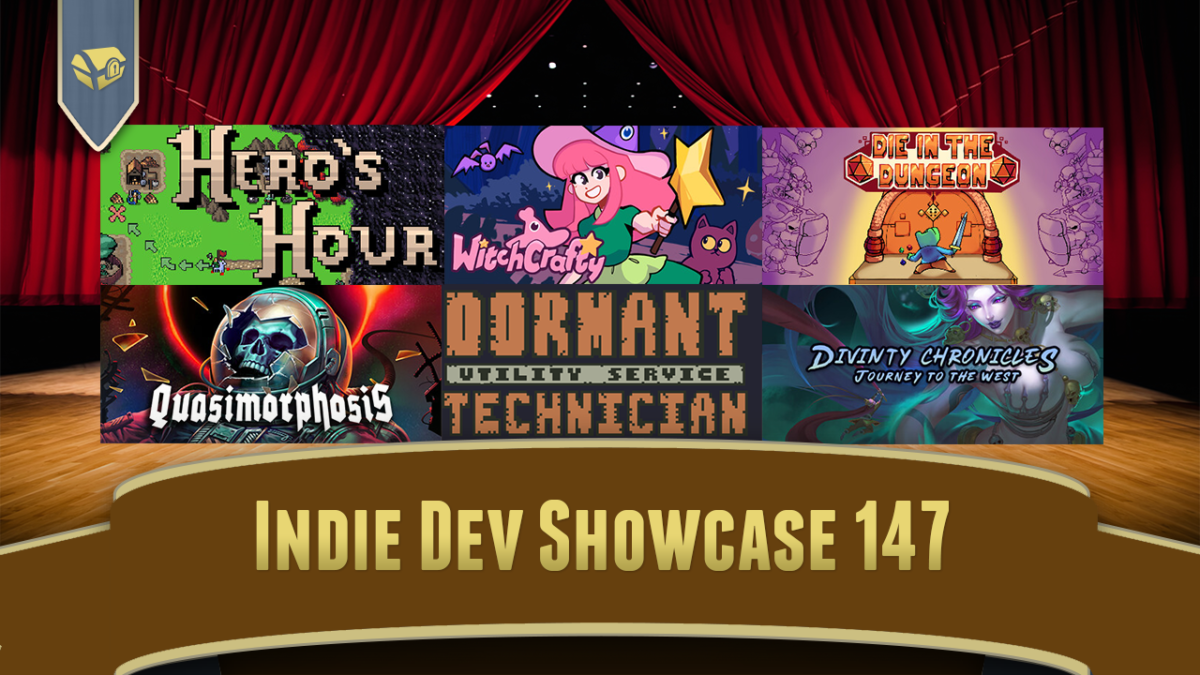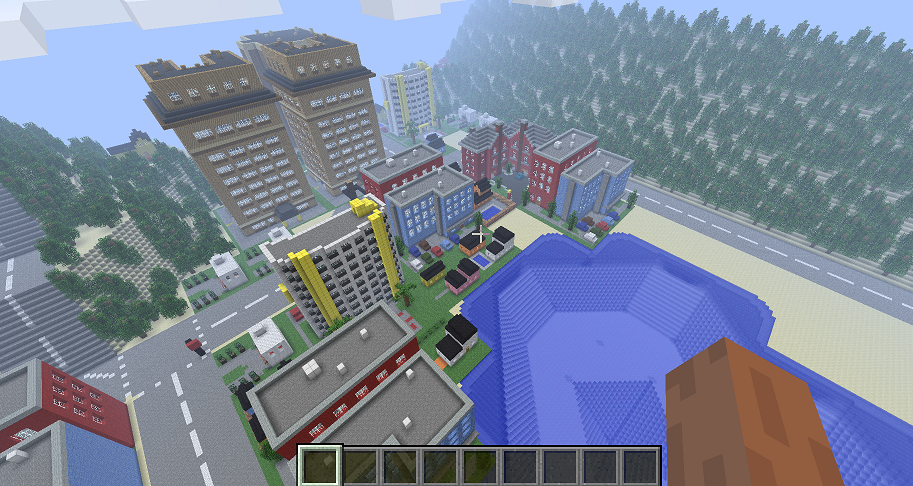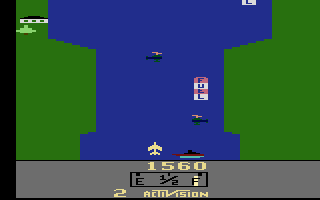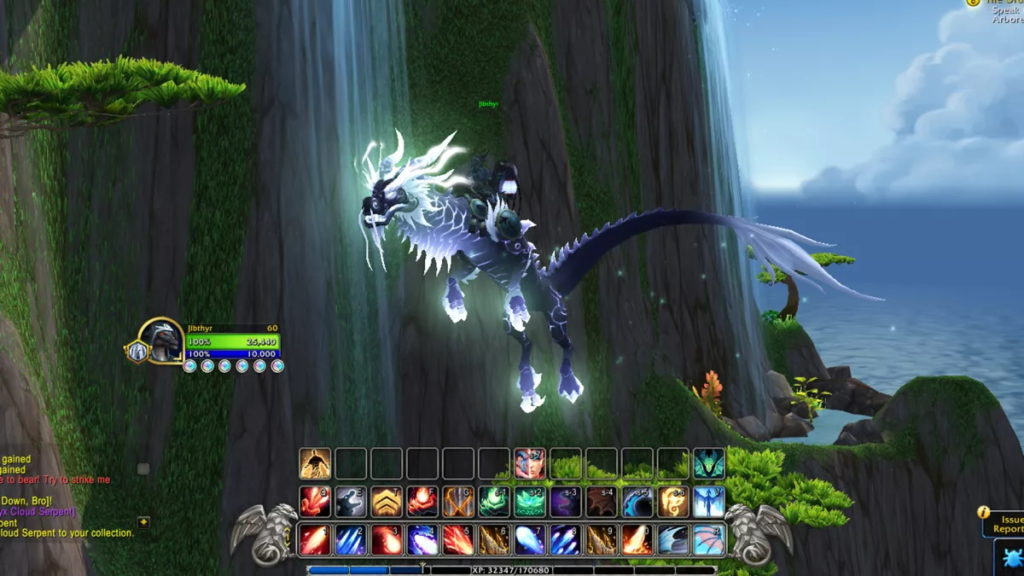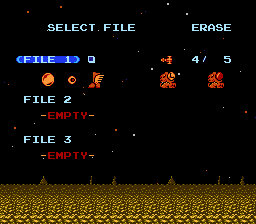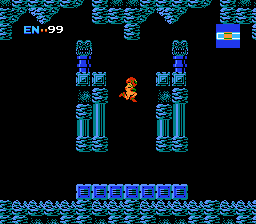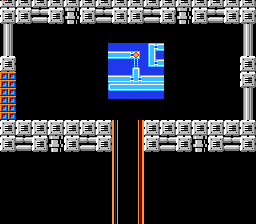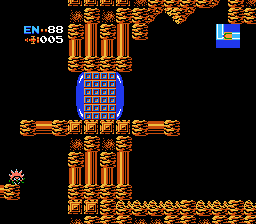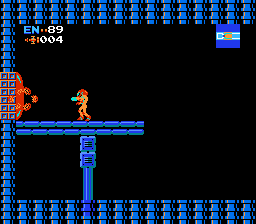
On Romhack Thursdays, we bring you interesting finds from the world of game modifications.
In the world of romhacks, the term “Ancient Dungeon” has a specific meaning.
Way back in the SNES days, there was the cult favorite JRPG Lufia and the Fortress of Doom, a.k.a. Estpolis Denki. While overloaded, and most agreed harmed, by its ludicrous encounter rate, it had a good number of interesting innovations. It had an end-of-game stat report and a kind of New Game Plus mode, called “Try Again,” which reset players to base level but increased player experience and gold earned by four times. It had hidden Dragon Eggs throughout the world that could be collected and redeemed for special advantages near the end of the game, whereupon they would be scattered throughout the game, and refound, for more advantages. The game also had “Forfeit Island,” a place full of shops where every item the player characters ever sold throughout the game would make their way, and could be re-purchased.
Its prequel, Lufia II: Rise of the Sinistrals, had even more play innovations, including visible monsters and a Zelda-like system of items that could be put to various uses on the exploration screen. Another thing Lufia II expanded on was the first game’s “Ancient Cave,” which was a dungeon that only a single character could enter. It didn’t take up a large portion of the original game, but Lufia II expanded it greatly, turning it into its own alternate game mode, that could be accessed from the main menu after completing the game.
Probably inspired by the Mystery Dungeon games, this version of the Ancient Cave was a 100-level randomized dungeon that reset players to Level 1 and no equipment when they began. It’s a completely optional challenge in that game, but many players found it highly interesting.
In romhack circles, an “Ancient Dungeon” is a game that completely tears apart its original game and turns it into a randomized play experience like Lufia II’s Ancient Cave. A similar implementation is Mega Man 9 and 10’s “Endless Mode,” which has also been recreated in romhacks for other Mega Man games.
Most Ancient Dungeon hacks are for JRPGs, but now we have one for Nintendo’s Legend of Zelda, and you might find it worth checking out.
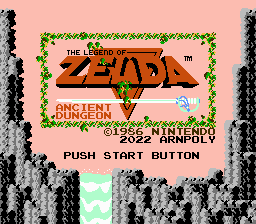
The Legend of Zelda: Ancient Dungeon takes its name literally, in that the whole game is just one dungeon. There are no overworld screens. Each room contains a number of enemies, sometimes easy, sometimes hard, sometimes few, sometimes many, and sometimes a boss. They still drop items when you kill them, so you can build up lost health if you’re careful.
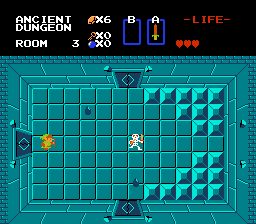
The creator of the hack managed to include the overworld enemies in the dungeon rooms, and also include monsters who are not ordinarily found in the same dungeon in the same room, by dynamically loading monster graphics during room transitions. That’s a pretty decent technical trick!
The layout of the dungeon is completely random. Monsters are chosen dynamically as you go. Many Ancient Dungeon hacks are actually computer programs that do the random generation themselves, and write that layout to the rom, so if you play the same version multiple times you’ll get the same dungeon each time, but that does not happen here.
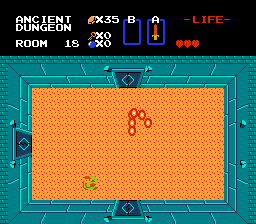
The game shuts the doors out of each room until all the enemies inside have been defeated. Sometimes when you clear a room, a random item will be left. Once in a while this will be one of the game’s major items, like a Sword or the Ladder. You often get Heart Containers or other major items from beating bosses. There are also rooms where an old man offers to sell you another item using the rupees that you find along the way.
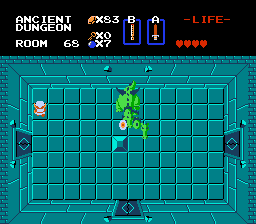
This Ancient Dungeon hack doesn’t map logically. Often you’ll enter a room with one exit, which will lead to a different room than it was when you were there before. This doesn’t mean your choice of exit is completely meaningless though. You’ll still enter the next room out of the opposite side of the screen as you left the last room, which can be important if you’re expecting a boss in the next room.
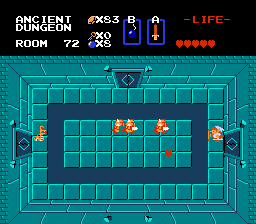
One thing about this hack is that it ramps up pretty slowly. When Link has full hearts he can shoot his sword, which can make quick work of many screens of enemies. If you take even half a heart of damage, though, you’ll go to only short-ranged attacks until you can build it back up. Getting far demands a lot more care than normal Zelda. You might find Water of Life as you go, which you may have to make a difficult choice as to whether to use it quickly and get your sword back, or save it for when the monsters get tough.
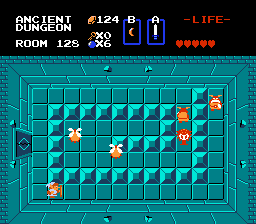
In my first test play I mostly ruled at it. I’ve played a ton of Legend of Zelda over the years, and I even managed to-carefully-destroy a three-headed Gleeok with just five hearts, a Wooden Sword and a Blue Ring. But I still lost, on Room 155, when I was unexpected thrust into a room with three blue Darknuts and three blue Wizzrobes, not a pleasant sight when you only have those five hearts and Blue Ring.
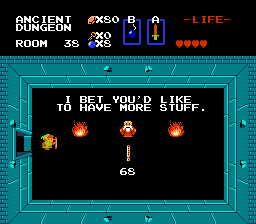
The hack does not allow for saving your progress, and unless you cheat by using savestates you lose everything you’ve done when Link gets his ticket punched. 155 rooms is a long way to go to only have five hearts to show for your progress.
I don’t know if I’ll try it again. Zelda’s dungeon rooms sure get monotonous after awhile. It could use a lot more variety in graphics, and its colors don’t even change throughout all those rooms. But this hack was released very recently, and I look forward to seeing what creator arnpoly does with it in the future!
Youtuber LackAttack24 did a successful hour-long play of this hack, if you’d rather watch than try it yourself:
The Legend of Zelda: Ancient Dungeon, by arnpoly (romhacking.net)

